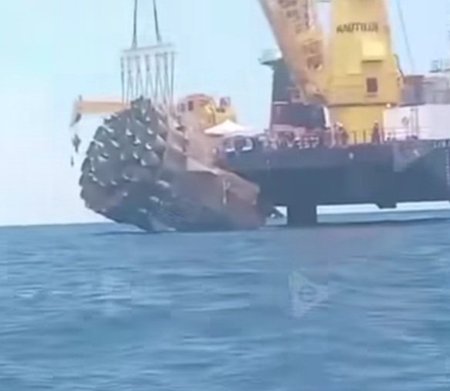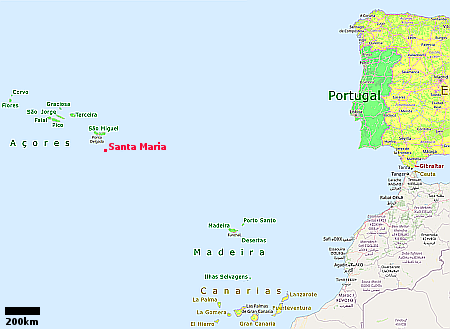First Hubble images of interstellar comet 3I/Atlas released
An undergraduate student has just released the first pictures taken by the Hubble Space Telescope of the interstellar object 3I/Atlas, confirming that it is a comet as indicated by the earlier image taken by the Gemini North telescope.
One of those images, taken only hours ago, is the inset on the map showing the comet’s route through the solar system to the right. The streaks on the image are either stars or cosmic rays. Though this image is of significantly lower quality than the Gemini North picture, it once again shows both the comet’s nucleus and developing coma.
A preprint [pdf] of a new research paper based on data from both telescopes further confirms this conclusion:
[T]hese results suggest that 3I/ATLAS hosts a coma containing large water ice grains, and that its dust continuum is stable over at least week-long timescales. The spectral characteristics further distinguish 3I from known ultrared trans-Neptunian objects and align it more closely with active Jupiter-family comets.
The last conclusion is very significant. Though the path and speed of this interstellar object says it must come from beyond the solar system, its cometary make-up more resembles comets that reside in the inner solar system. These facts strongly imply that there is at least one other solar systems not very different from our own.
An undergraduate student has just released the first pictures taken by the Hubble Space Telescope of the interstellar object 3I/Atlas, confirming that it is a comet as indicated by the earlier image taken by the Gemini North telescope.
One of those images, taken only hours ago, is the inset on the map showing the comet’s route through the solar system to the right. The streaks on the image are either stars or cosmic rays. Though this image is of significantly lower quality than the Gemini North picture, it once again shows both the comet’s nucleus and developing coma.
A preprint [pdf] of a new research paper based on data from both telescopes further confirms this conclusion:
[T]hese results suggest that 3I/ATLAS hosts a coma containing large water ice grains, and that its dust continuum is stable over at least week-long timescales. The spectral characteristics further distinguish 3I from known ultrared trans-Neptunian objects and align it more closely with active Jupiter-family comets.
The last conclusion is very significant. Though the path and speed of this interstellar object says it must come from beyond the solar system, its cometary make-up more resembles comets that reside in the inner solar system. These facts strongly imply that there is at least one other solar systems not very different from our own.









